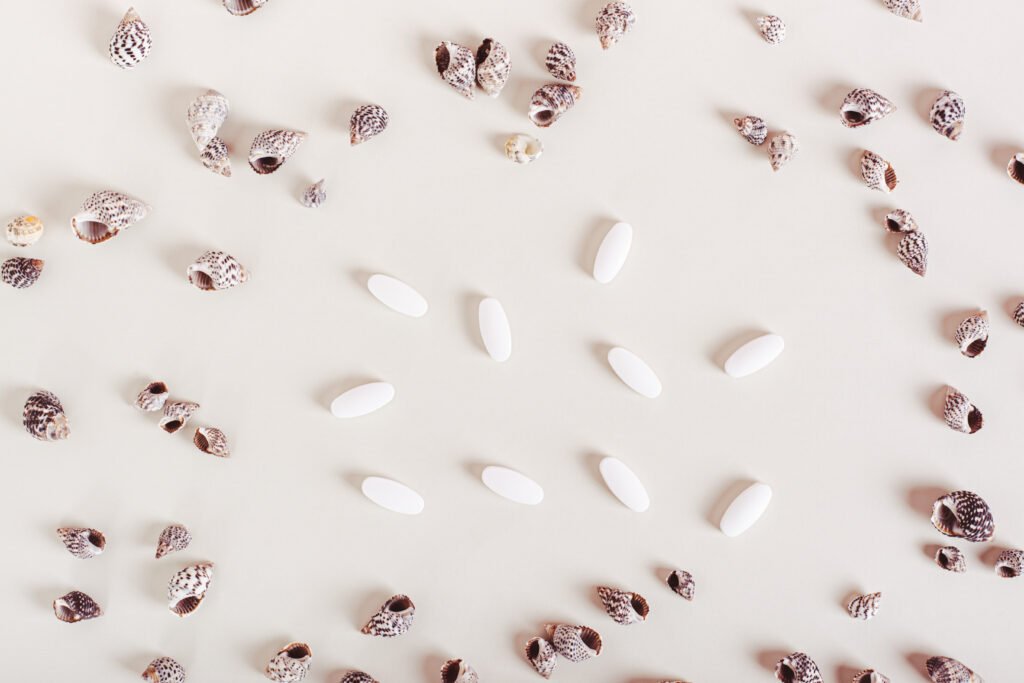1. Introduction
Carrot seeds are the humble beginning of one of the world’s most versatile and nutritious root vegetables. Using quality carrot seeds, understanding how to sow them, caring properly through their growth, and even saving seeds can make a difference between pale, knobbly roots and straight, sweet, vibrant carrots. In this guide you’ll get everything you need—from selecting varieties to storing seeds—to grow carrots reliably and deliciously.
2. What Are Carrot Seeds & Why They Matter
Carrot seeds are very small, usually from biennial plants (seed is produced in second year). Quality seed ensures good germination rate, true to the variety, and resistance to diseases. Poor seeds might be old, stored badly, leading to low germination, delayed sprouting, or malformed roots.
3. Choosing the Best Carrot Seed Variety
- Types by root shape & maturity: e.g. Nantes, Imperator, Danvers, Chantenay, Paris Market, Oxheart — each with different length, sweetness, texture.
- Climate suitability: choose varieties that tolerate heat or cold depending on season.
- Disease resistance: some have resistance to diseases like Alternaria, etc.
- Heirloom vs hybrid: Heirlooms often offer flavour & diversity; hybrids often more uniform & sometimes disease resistant.
4. Soil & Climate Essentials for Seed Germination
- Soil type: Loose, sandy loam, well-draining; remove stones, compacted clods. Heavy clay must be amended.
- Soil depth: at least 10-12 inches deep for long roots. Raised beds help
- Soil temperature: germination best between ~50-75°F (10-24°C). Cooler soil slows; too hot reduces flavor & causes problems.
- pH & nutrients: slightly acidic to neutral (6.0-6.8). Balanced fertility; avoid too much nitrogen (leads to foliage, not root).

5. How to Sow Carrot Seeds: Step-by-Step
- Time of sowing: Spring: 2-4 weeks before last frost; or late summer for fall harvest. jo
- Prepare seedbed: loosen soil deeply, rake smooth; remove rocks.
- Seed depth & spacing: Sow ~ ¼-½ inch deep (6-12 mm). Space seeds ~1 inch apart initially; rows 12-18 inches apart. After germination thin to 2-3 inches between plants.
- Keep soil moisture even: never let top seal or crust; use mulch, cover with burlap or fine sand/vermiculite.
- Light: carrots need full sun (6-8 hours) but young seedlings can benefit from slight shade in hot climates.
- Water: consistent moisture is key; water lightly but frequently until germination, then deepen waterings. Avoid soggy or waterlogged soil.
- Fertilizer: use compost or balanced fertilizers early; avoid high nitrogen later. Phosphorus helps root growth.
- Weeding & thinning: thin seedlings to reduce crowding; remove weeds that compete for nutrients & water.
- Mulching: helps retain moisture, keeps soil cool, suppresses weeds.
- Protect from pests & disease: monitor for carrot rust fly, weevils, fungal issues; use crop rotation, good soil hygiene.
6. Troubleshooting Common Problems
| Problem | Likely Cause(s) | Solution |
|---|---|---|
| Poor germination or seeds failing to sprout | Old/low viability seeds, cold soil, inconsistent moisture, soil crusting | Use fresh seed, warm soil, keep soil moist, cover lightly, mulch or use burlap during germination. |
| Deformed, forked roots | Stones, compaction, rocky soil | Remove obstacles; prepare deep loose soil; use raised beds. |
| Thin, small roots | Overcrowding, low fertility, heat stress, insufficient water | Thin seedlings; supply balanced nutrients; water properly; plant in cooler weather if possible. |
| Bitter or off-flavour roots | Heat stress, uneven watering, late harvest, poor soil | Harvest before extreme heat; maintain soil moisture; choose suitable variety; harvest at right maturity. |
| Pest/disease damage | Pests like carrot rust fly, fungal pathogens; poor crop rotation | Use resistant varieties; crop rotation; inspect; use barriers; maintain clean soil. |
7. When & How to Harvest
- Maturity time: typically 50-80 days depending on variety.
- Testing for readiness: shoulders of root visible, diameter meets variety’s standard. Pull a test carrot.
- Harvesting method: loosen soil carefully, pull by top; avoid breaking roots.
- Post-harvest handling: wash gently, remove greens, store in cool, humid conditions. Avoid exposure to light which may cause greening.
8. Seed Saving & Storage
- Saving seeds: carrots are biennial: in second year allow some roots to flower & produce seed heads. Isolate varieties (distance) to avoid cross-pollination. Harvest umbels when dry.
- Drying & cleaning seeds: after seed heads dry, collect seeds, remove debris, clean, dry thoroughly.
- Storage conditions: cool, dark, dry; airtight containers; temperature 32-50°F (0-10°C) with low humidity (~5-8%). Seeds stored properly can retain viability for 3-6 years.
9. FAQ: Carrot Seeds
- Can I transplant carrot seedlings?
No — carrots have sensitive taproots; transplanting disturbs root, often leads to deformities. - What if soil is very clay or rocky?
Amend heavily with compost, sand; consider raised bed or deep container. - Why are my carrots bitter or woody?
Usually due to high heat, drought, late harvesting; also some varieties are more prone. - How often should I water?
Keep soil evenly moist; once carrot tops are established, deep watering 1-2 times per week depending on climate; mulch helps retain moisture. - Can I sow carrot seeds in fall?
Yes, fall or autumn sowing works in many regions if timing allows enough growing days before hard frost; cooler temps can enhance sweetness.



